
Translated to ‘river-child’, kappa are one of Japan’s most popular creatures - sometimes used as a warning and sometimes a much-loved mascot.
What is a Kappa?
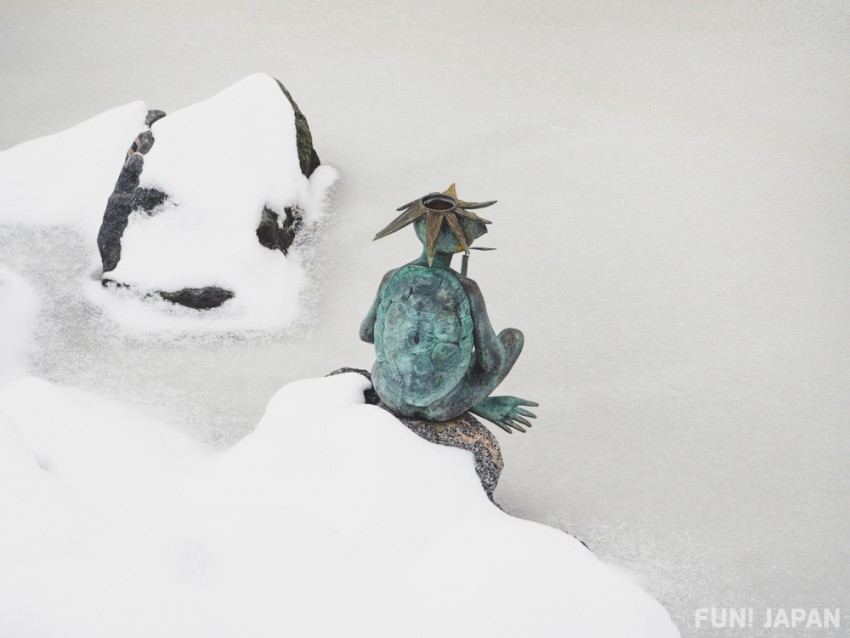
A Kappa is a kind of yokai - a Japanese supernatural spirit that can be malevolent, mischievous or bring good fortune. They are also known as kawataro (river boys) or komahiki (horse-puller) and have a mixed history in Japan. Kappa are a part human, part amphibious yokai that live in water, occasionally venturing out. They are known for a love of cucumbers and sumo and while sometimes antagonistic towards humans, they can also be befriended.
What do Kappa look like?
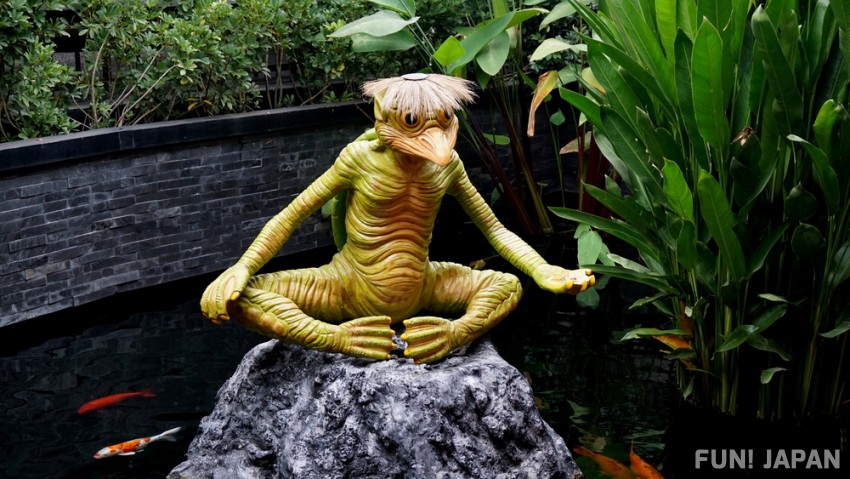
Kappa have a very distinct look, with elements from a variety of different animals. They are small (child-sized) with a mostly-human shape and a flat head. However, they have scaly and sometimes slimy green or pale skin, with a turtle-like shell on their back. They also have webbed hands and feet as they spend most of their time in the water. The most intriguing part is a small indent on their head known as a sara (bowl or plate) which holds water and cannot run dry if they are on dry land or they lose their strength.
What is the history of Kappa?
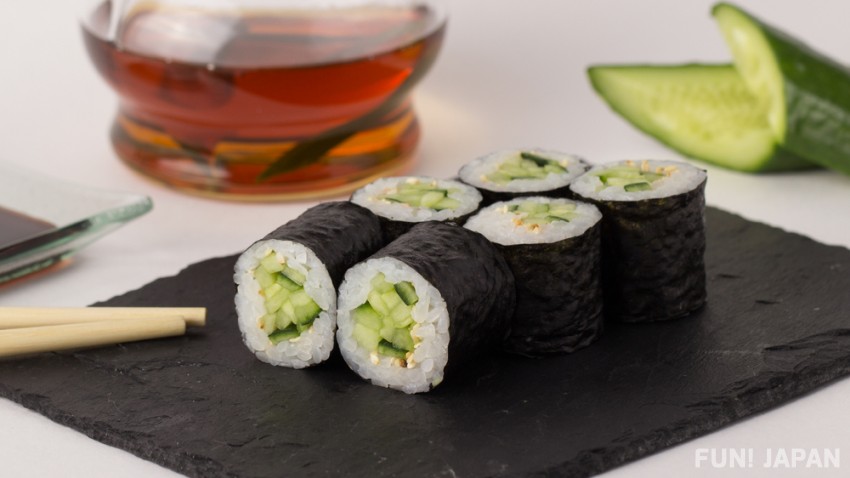
Kappa are an unusual yokai in that they are sometimes portrayed as cute water-sprites and sometimes as dangerous spirits. In Japanese legends, they spend their time swimming, playing chess, and wrestling assuming they are not drowning swimmers or animals. Their favorite food is said to be cucumber, leading to the simple cucumber sushi dish being names kappa-maki. They are also unable to break a promise which is a useful way to trick them if you’re ever in need.
Kappa as Helpers
As older Kappa are said to live alone, they sometimes seek the friendship of humans or other yokai. In some legends they help farmers irrigate land, cure broken bones and protect those who save them in times of need.
Kappa and Danger
As tales go, Kappa spend most of their time in the water and have long been used as a warning to keep children from playing in rivers or lakes. Kappa are inhumanely strong for their size and are skilled wrestlers, so they are said to be able to drown humans with ease, despite their smaller size. In history, they have been blamed for plenty of drownings of both humans and animals, with some warning signs still using kappa to reflect the hidden currents in seemingly-calm waters.
How to escape a Kappa
It is said that kappa can be tricked as they are very strict when it comes to manners. Unable not to return a bow, the kappa will lose the water from its dish and be unable to move until it is refilled - which, if done by a human, will lead them to protect that person for life. Another option is to challenge the kappa to a wrestling match and try to spill the water, or pull off the arms which are a notorious weak-point.
Where to find Kappa
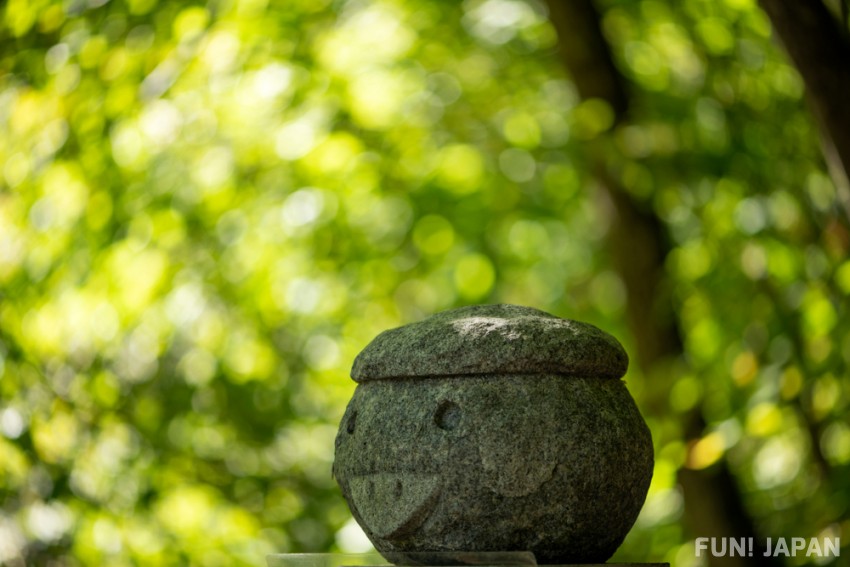
Wherever there’s water in Japan, you will eventually see a kappa, be it on a sign, as a statue or a cute keyring. The creatures have become a much-loved character in Japan, despite their dark turns. If you’re looking for serious Kappa action, head to Kochi or Iwate for museums, statues and more.
Kappadera Temple - Kappabashi, Tokyo
Sogenji Temple is a simple temple in Tokyo’s Kappabashi district. While the area is actually named after the jacket of the same name, the temple has been transformed into a yokai lovers spot. The area had a long history of flooding as it is close to the Sumida river and locals rallied to create flood defenses in the 19th century. Legends described the river’s kappa as helping with the projects and the area was soon known for coats as well as spirits. Along with statues, the temple supposedly holds the preserved hand of a kappa and the whole area has adopted the kappa as its mascot.
Spot Information
- Name: Sogenji Temple (曹源寺)
- Address: 3-7-2 Matsugaya, Taito-ku, Tokyo
Kaiyodo Kappa Museum - Kochi Prefecture
Kochi has become the unofficial home of the Kappa, with a Kappa museum and a themed-train. The unusually designed museum is found in a suitably remote valley at the meeting point of two rivers and has over 1,000 kappa statues. There are countless imaginings of the creature to explore. The unusual Kappa train runs from JR Kubokawa station and Uwajima Station, with kappa joining you for the ride!
Spot Information
- Name: Kaiyodo Kappa Museum
- Address:685-1 Utsuigawa, Shimanto, Takaoka, Kochi, Japan.
- Entry: 500 yen (adults) 300 yen (ES, JHS students)
- Opening Hours: 10:00 - 18:00 (Mar - Oct), 10:00 - 17:00 (Nov - Feb)
- Regular Closing Days: Tuesdays, unless a holiday or during school holidays.
Kappa Fishing and a Kappa Shrine - Tono, Iwate Prefecture
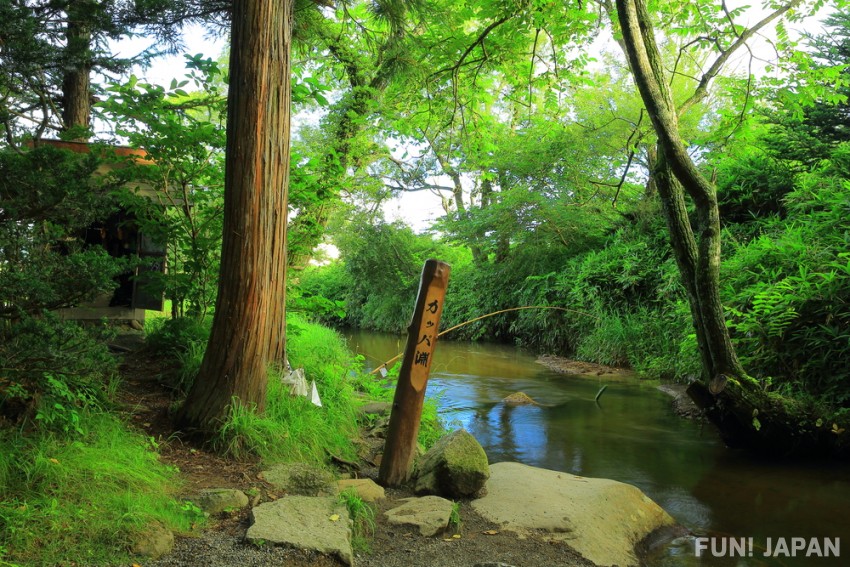
Another Making a more serious claim to the Kappa, Tono is a small town is a rural town with a long tradition of legends. In the early 20th century, a local writer captured regional folk-takes and formed the basis of many depictions of yokai across Japan from then onwards. The town has a folklore museum as well as Kappa statues to greet you at the station exit. If you head up to Jokenji Temple you’ll possibly spot some of the sprites (which are believed to be red in this region) and can even go kappa-fishing, which requires a special 200 yen license and plenty of cucumber.

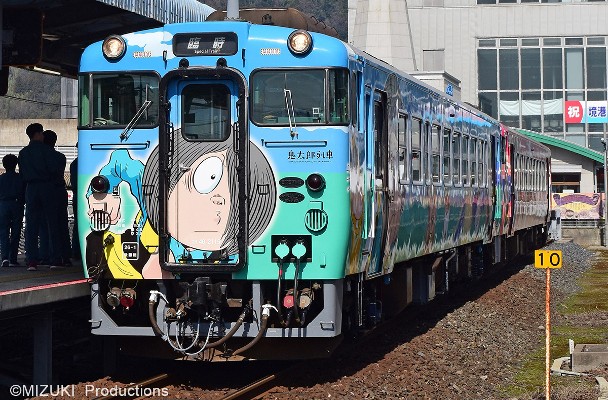

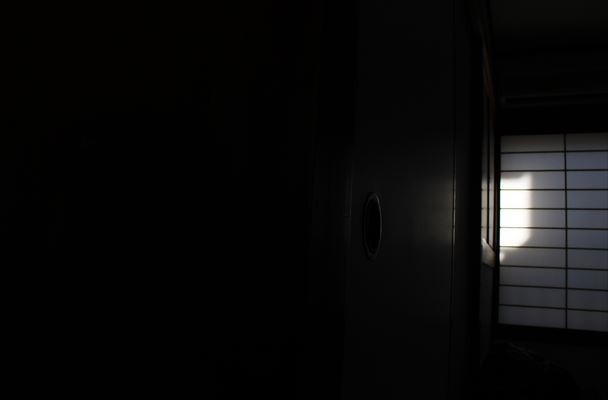
Comments